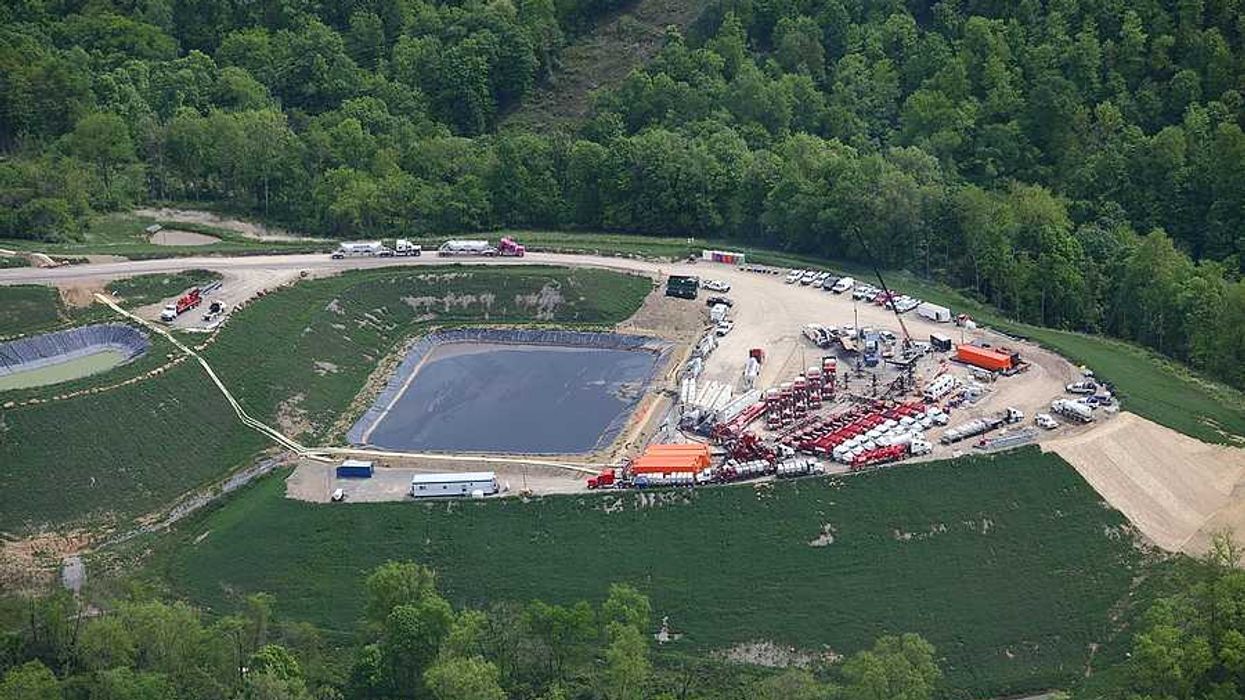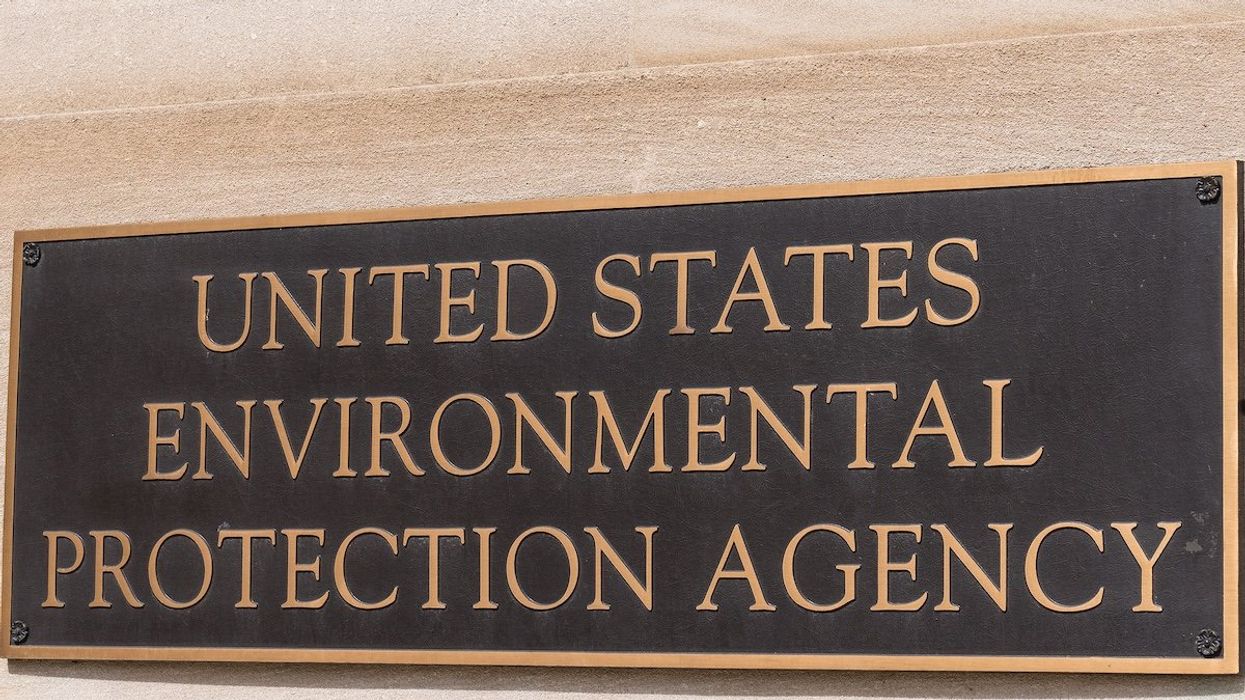Rotterdam pioneers a method to render asbestos harmless, potentially revolutionizing disposal practices.
Katharine Quarmby reports for BBC.
In short:
- A new technique in Rotterdam transforms asbestos into non-hazardous material, suitable for reuse in construction.
- Despite global production declines, asbestos remains a significant health risk, with improper disposal leading to environmental concerns.
- Innovative solutions like denaturing or encapsulation are emerging to address the asbestos disposal dilemma.
Key quote:
"People forget that removing asbestos is basically just changing its location from A to B."
— Yvonne Waterman, president of the European Asbestos Forum
Why this matters:
Asbestos waste, once a common byproduct of construction and manufacturing, poses significant health risks due to its fibers, which can lead to serious lung conditions, including asbestosis, mesothelioma, and lung cancer when inhaled. The durability of asbestos, while once prized for its resistance to heat, electricity, and chemical damage, now complicates disposal efforts, as it does not degrade naturally and can remain a persistent environmental hazard.














